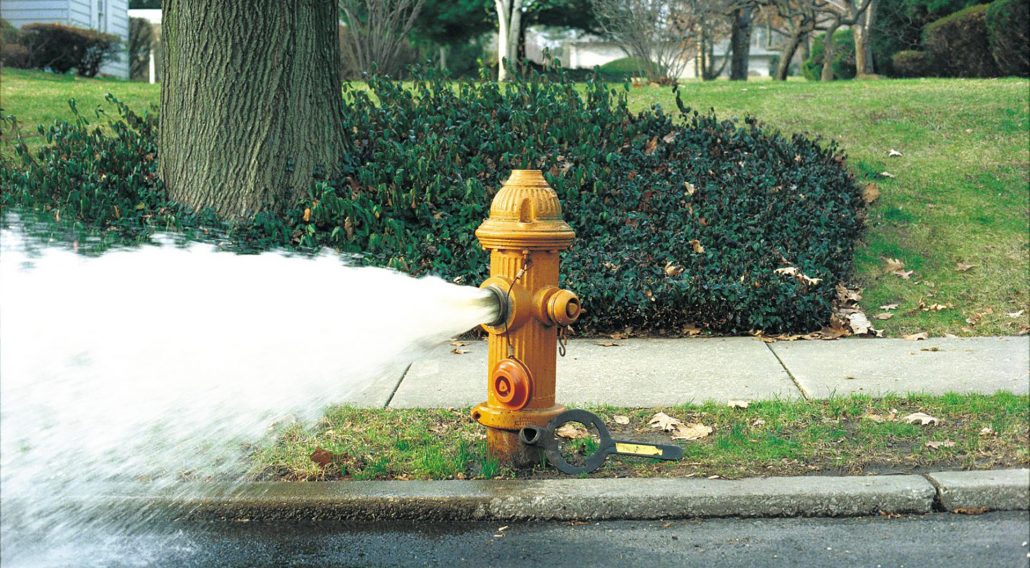
It is important to note that the Newton Water and Sewer Utility operates on a self-sustaining basis without the use of tax dollars. Today, Granby is investing in their growth with infrastructure upgrades, beginning with a brand new sewer/water treatment plant. Plant personnel are responsible for operating four sewer pump stations and over 20 miles of sewer collection lines. Contacting Newton County Water & Sewerage Authority (GA) Phone Numbers. 66 acres in desirable community, corner lot, single family or town homes, electricity, water, sewer, natural gas.

910 million gallons of waste water flow daily. Water Authority providing water and sanitary sewer service to Newton County. View customer complaints of Newton County Water & Sewerage Authority, BBB helps resolve disputes with the services or products a business provides. The waste water treatment plant, with a capacity to treat 1.4 million gallons per day, processes an average of. July 2022 Lead and Copper Service Line Inventory Table: NJ Dept of Environmental Protection July 2022 Lead and Copper Service Line Inventory: NJ Dept of Environmental Protection Since the Filtration Plant came online in 2006, Newton has met the lead and copper limits as required by the New Jersey Department of Environmental Protection (NJDEP).

To start, stop, or transfer service, you must come to City.

Brook residents can contact the Utility Company to learn about services, start or stop Utility services, or for billing and payment information.

In Newton County, Utility Companies provide electricity, natural gas, water, and sewer services. Communities around the country have implemented a variety of. The Newton County Regional Water & Sewer, located in Brook, IN, is an utility company that provides public services for Brook residents. † HAA5 is a contaminant group that includes monochloroacetic acid, dichloroacetic acid, trichloroacetic acid, monobromoacetic acid and dibromoacetic acid. Water and sewer infrastructure and capacity are major determinants of when and where growth occurs. Includes chemicals detected in 2017-2019 for which annual utility averages exceeded an EWG-selected health guideline established by a federal or state public health authority chemicals detected under the EPA's Unregulated Contaminant Monitoring Rule (UCMR 3) program in 2013 to 2015 (and subsequent testing when available), for which annual utility averages exceeded a health guideline established by a federal or state public health authority chemicals detected under the EPA's Unregulated Contaminant Monitoring Rule (UCMR 4) program in 2017 to 2020 (and subsequent testing when available), for which annual utility averages exceeded a health guideline established by a federal or state public health authority.


 0 kommentar(er)
0 kommentar(er)
